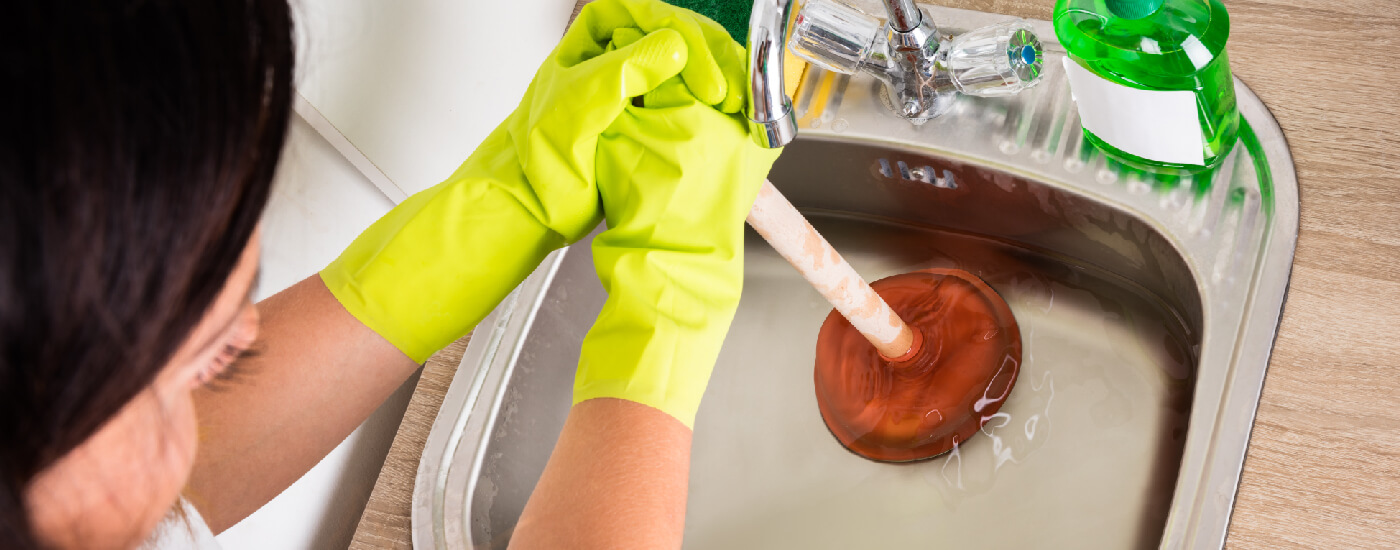We've found the article relating to How To Use Your Toilet Plunger Correctly in 5 Easy Steps directly below on the net and reckoned it made good sense to quickly share it with you on this site.

Introduction
Correct maintenance of house drains is crucial for avoiding obstructions and guaranteeing smooth water circulation. Among the key tools in every house owner's toolkit is the bettor, alongside various drain cleansers made to take on persistent clogs efficiently. This post discovers just how to make use of plungers and drainpipe cleaners successfully to keep your drains flowing freely.
Area 1: Recognizing Bettors
Kinds of Plungers
There are a number of kinds of plungers readily available, each made for various sorts of drains and clogs. The most usual kinds include cup plungers, flange plungers, and accordion bettors.
Exactly How Plungers Job
Bettors work on the principle of developing pressure and suction to dislodge clogs. When properly applied over a drainpipe, they create a vacuum cleaner that can take out debris or separate blockages.
Choosing the Right Bettor
Picking the best plunger relies on the sort of drain and the nature of the obstruction. Cup bettors are perfect for sinks and tubs, while flange plungers are much better matched for commodes because of their style.
Common Blunders with Bettors
Avoiding these blunders ensures effective plunging: inappropriate seal around the drain, insufficient pressure, and unclear bordering debris.
Area 2: Utilizing Plungers Properly
Preparation
Before diving, guarantee the plunger covers the drain entirely and creates a limited seal. Clear any noticeable debris around the drainpipe opening.
Technique
Begin with gentle diving movements to construct suction. Boost pressure slowly, using a stable rhythm. Repeat as needed till the drain clears.
Repairing Tips
If diving does not work, attempt adjusting the seal, using petroleum jelly for a better seal, or utilizing a various sort of bettor.
Area 3: Comprehending Drain Cleansers
Sorts Of Drain Cleansers
Drain cleansers can be chemical or chemical. Chemical cleaners use solid chemicals to liquify clogs, while enzymatic cleansers make use of natural enzymes to break down raw material.
How Drainpipe Cleaners Job
Chemical cleaners respond with obstructions to dissolve them, while enzymatic cleansers break down organic products like hair and oil without harming pipelines.
Safety and security Factors to consider
Always wear handwear covers and eye protection when making use of chemical drainpipe cleaners. Make sure ample air flow and adhere to manufacturer instructions thoroughly.
Eco-Friendly Alternatives
Consider making use of vinegar and cooking soda or enzyme-based cleansers for green choices that are safer for pipelines and the environment.
Area 4: Using Drainpipe Cleaners Efficiently
Application Strategies
Pour chemical cleansers directly into the drainpipe opening. Allow them to help the recommended time before flushing with warm water. Chemical cleaners need to rest overnight.
Precautions
Stay clear of mixing different sorts of cleaners, as this can generate hazardous fumes. Never make use of chemical cleaners along with a bettor, as splashing can take place.
Dealing With Persistent Clogs
For relentless clogs, think about making use of a plumbing serpent or calling an expert plumbing professional to stop damages to pipes.
Verdict
To conclude, comprehending just how to utilize plungers and drainpipe cleansers successfully is necessary for maintaining healthy and balanced pipes systems. By selecting the right tools and strategies, house owners can tackle small clogs and protect against major plumbing concerns down the line.
How to Use a Plunger to Unclog a Drain
The humble plunger is a simple yet effective tool for breaking clogs in sinks, tubs and toilets. This handy tool is easy to use. You can make the most of its power if you understand how it works. Ready to dive in? Here’s what you need to know.
Safety First!
Never use a plunger with drain chemicals. Water will splash as you work, and the chemicals can spatter, burning skin and eyes. It’s a good idea to use rubber gloves and wear safety goggles when you work on a clog.
Choose the Right Tool for the Job
Plungers come in two different styles. Sinks, bathtubs and showers require a cup plunger. Like its name suggests, the rubber end is shaped like a cup. Use a flange plunger on toilets. These plungers have a rubber funnel extending from the cup. A plunger needs to be big enough to cover the drain.
Ready, Set, Plunge!
- Coat the rim: Coat the plunger rim with petroleum jelly. This helps make a better seal.
- Block outlets: Hold a wet rag over nearby outlets such as the overflow vent or the drain in a second sink.
- Release air: Insert the plunger at an angle into the water. Water will displace air in the cup. A water-filled cup is more forceful than one filled with air.
- Keep the plunger upright: Hold the plunger perpendicular to the drain. Use fast, forceful strokes, but make the first stroke gentle. The first stroke can create a splash if the cup still contains air. Thrust the plunger 15 to 20 times.
- Snap off the plunger: The final stroke should be a strong upward motion that ends when the plunger snaps off the drain.
- Repeat the process: you may need to repeat this sequence several times. When the water drains away, your work is done. High-five!
https://plumbernw.com/blog/how-to-use-a-plunger-to-unclog-a-drain/

I'm very fascinated with Tips on How to Effectively Use a Plunger and I'm hoping you liked the entry. Enjoyed reading our posting? Please share it. Help others find it. Many thanks for your time invested reading it.
Explore
Comments on “Effective Plunger and Drain Cleaners Strategies: Best Approaches”